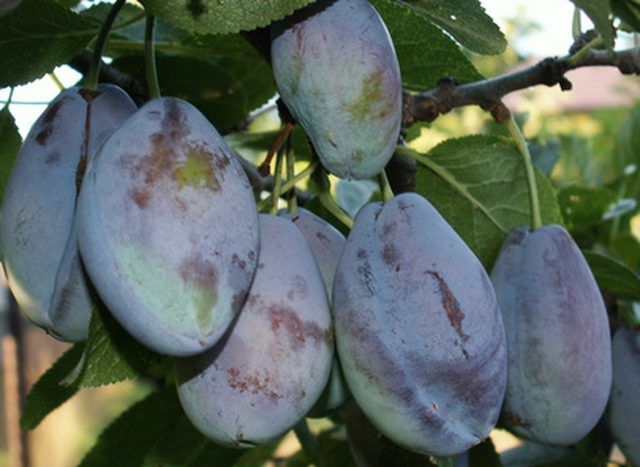Bulbs
Flower Basics
Flower Beds & Specialty Gardens
Flower Garden
Garden Furniture
Garden Gnomes
Garden Seeds
Garden Sheds
Garden Statues
Garden Tools & Supplies
Gardening Basics
Green & Organic
Groundcovers & Vines
Growing Annuals
Growing Basil
Growing Beans
Growing Berries
Growing Blueberries
Growing Cactus
Growing Corn
Growing Cotton
Growing Edibles
Growing Flowers
Growing Garlic
Growing Grapes
Growing Grass
Growing Herbs
Growing Jasmine
Growing Mint
Growing Mushrooms
Orchids
Growing Peanuts
Growing Perennials
Growing Plants
Growing Rosemary
Growing Roses
Growing Strawberries
Growing Sunflowers
Growing Thyme
Growing Tomatoes
Growing Tulips
Growing Vegetables
Herb Basics
Herb Garden
Indoor Growing
Landscaping Basics
Landscaping Patios
Landscaping Plants
Landscaping Shrubs
Landscaping Trees
Landscaping Walks & Pathways
Lawn Basics
Lawn Maintenance
Lawn Mowers
Lawn Ornaments
Lawn Planting
Lawn Tools
Outdoor Growing
Overall Landscape Planning
Pests, Weeds & Problems
Plant Basics
Rock Garden
Rose Garden
Shrubs
Soil
Specialty Gardens
Trees
Vegetable Garden
Yard Maintenance
When Can I Eat the Japanese Plum Fruit From Our Tree?
When Can I Eat the Japanese Plum Fruit From Our Tree?. The most commonly eaten type of Japanese plum, the sumomo, ripens between February and June, depending on the climate and region. Typically, it is ripe for eating about 90 days after the flowers bloom.

The most commonly eaten type of Japanese plum, the sumomo, ripens between February and June, depending on the climate and region. Typically, it is ripe for eating about 90 days after the flowers bloom.
Types of Japanese Plum
Generally speaking, there are two types of Japanese plum that can be eaten: the sumomo and the ume. The milder tasting sumomo is the plum most typically sold in supermarkets in America. The ume can be eaten, though only after processing to make them more palatable.
Identification
Sumomo is larger and more oval-shaped than the ume, and turns from green to purple as it ripens. Ume is round with a groove running from the stalk to the tip, and turns from green to yellow as it ripens.
Peak Time for Sumomo
Sumomo will ripen anywhere between February and June, depending on the climate and region. Generally, the fruit is ripe for eating 90 days after the flowers blossom. But the best way to know when the fruit is ready for eating is to check the color: they will lose their green tinge and look ripe and be firm to the touch, but not rock-hard.
Peak Time for Ume
Ume ripens in late June or early July. The skin turns yellow, sometimes with a red blush, as it ripens, and the flesh becomes yellow.
Preparing Sumomo
For best results, pick the plums slightly early and allow them to ripen in a cool, dry place.
Preparing Ume
Typically, ume is not eaten, but is instead used in the production of a sweet liquor called umeshu or for umeboshi, a sour, pickled plum. The reason for this is not just the hardness of the raw fruit, but also the fact that the seeds of early-harvest, green fruit can break down to prussic acid, and if the seed fractures inside the fruit, the raw fruit becomes dangerously poisonous.